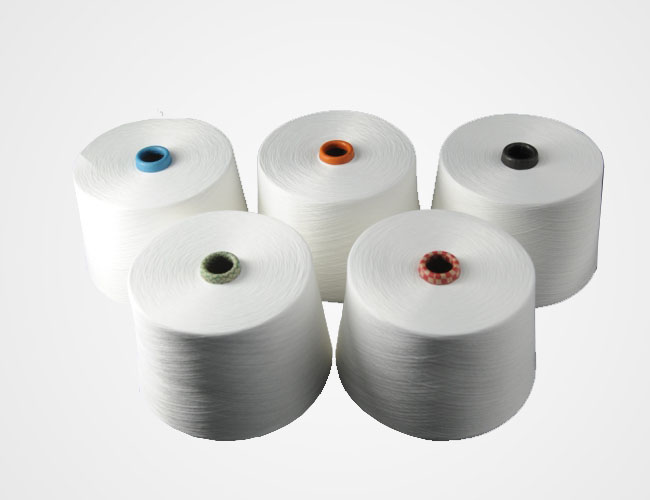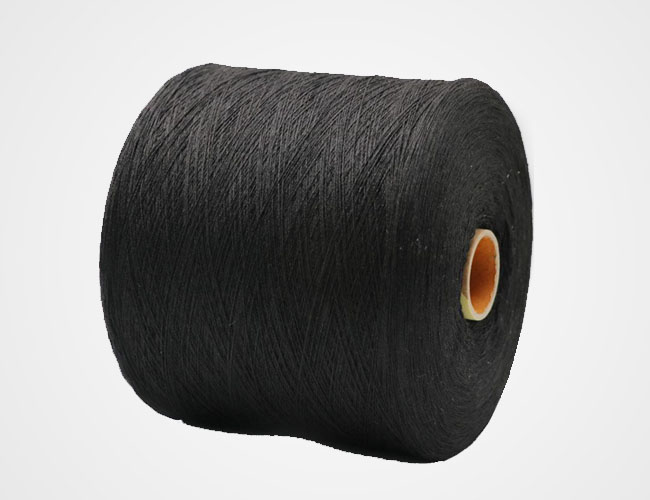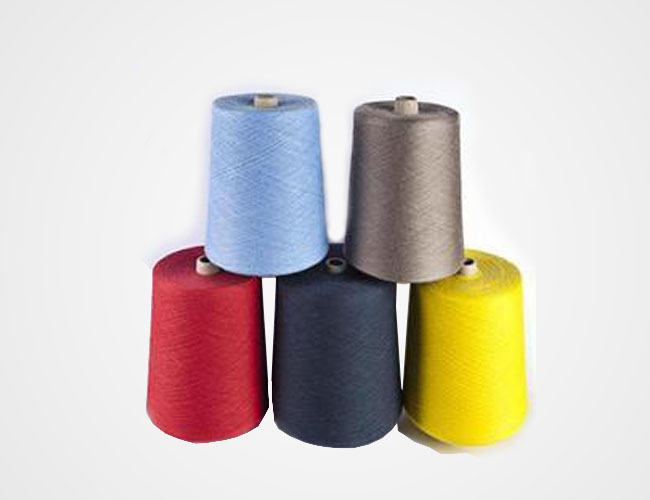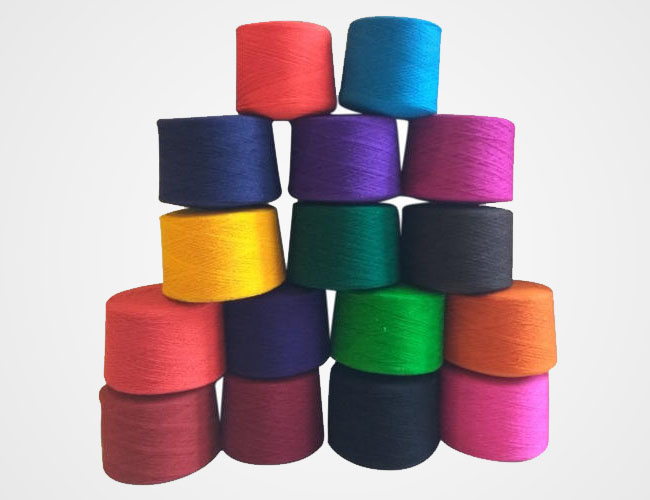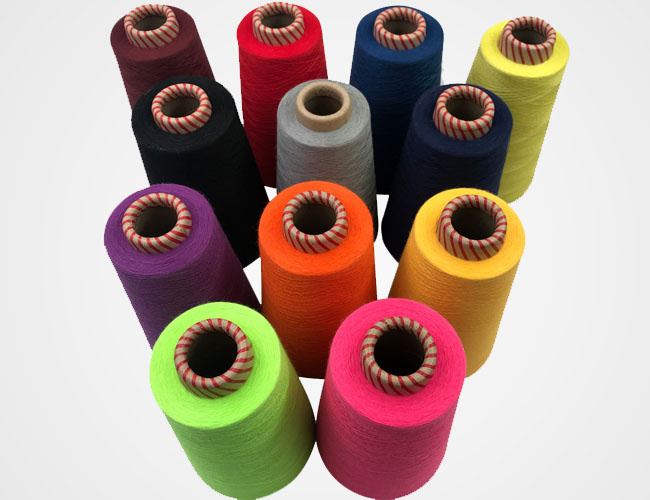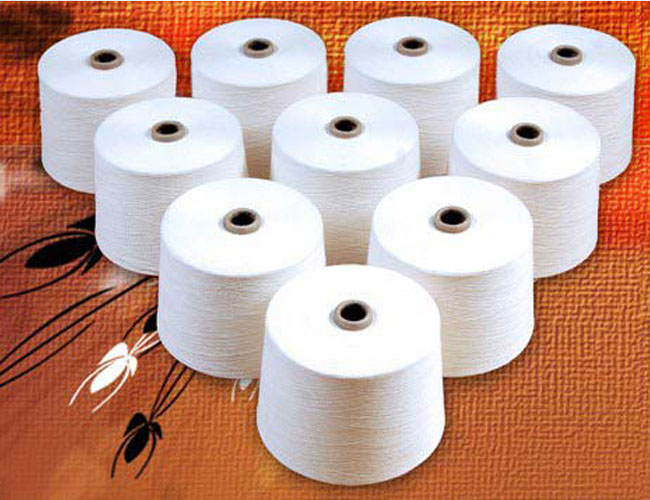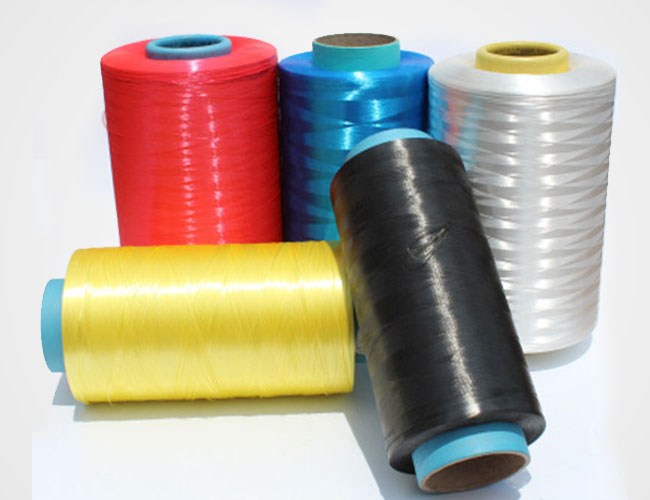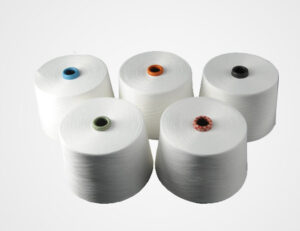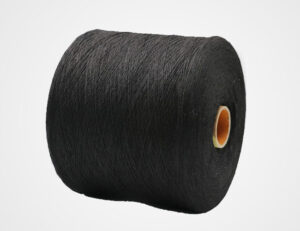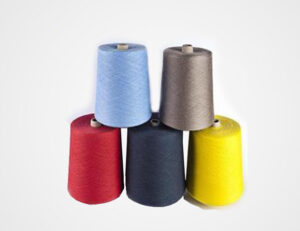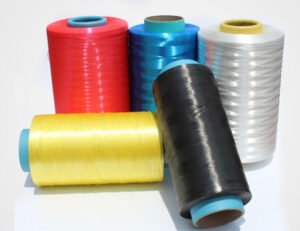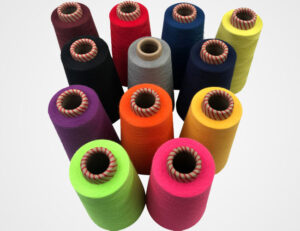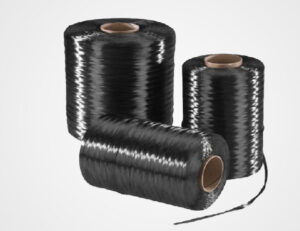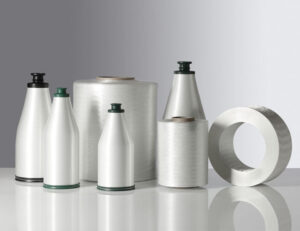HDPE Resin
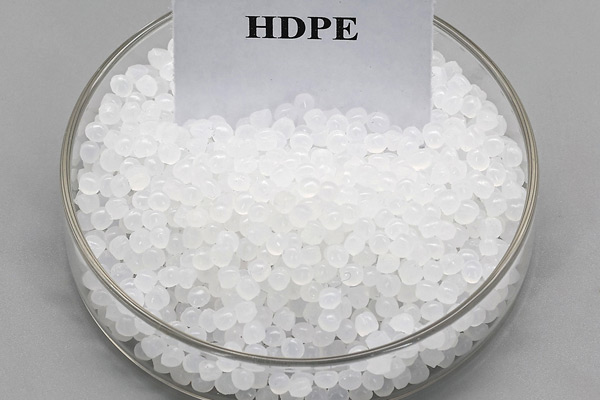
HDPE resin, the full name is high density polyethylene, is a high-density thermoplastic polyolefin produced by copolymerization of ethylene. High density polyethylene resin has better hardness, tensile strength and creep than low-density polyethylene. Meanwhile, it also has the advantages of good wear resistance, electrical insulation, toughness and cold resistance, good chemical stability, low permeability of the film to water vapor and air, as well as low water absorption. At room temperature, HDPE resin is insoluble in any organic solvent and resistant to acid, alkali and various salts.
However, its aging resistance is poor, and its environmental stress cracking resistance is not as good as that of LLDPE resin, especially thermal oxidation will reduce its performance. Therefore, antioxidants and ultraviolet absorbers must be added to the resin to improve this deficiency. High density polyethylene (HDPE) film has a lower heat distortion temperature under stress.
- HDPE resin can be processed into films, wire and cable sheaths, pipes, various hollow products, injection molding products, fibers, etc. Widely used in agriculture, packaging, electrical and electronic, machinery, automobiles, daily sundries and other fields.
- Plastic products can be formed by injection, extrusion, blow molding and rotational molding.
- Rotational molding. Injection molding products such as large containers, storage tanks, barrels, boxes, etc.
- Injection molding products. There are totes, bottle caps, buckets, caps, food containers, trays, bins, boxes, and plastic flowers.
- Blow molding products. Hollow molding products, such as various series of blow molding barrels, containers, bottles, containing detergents, chemicals, cosmetics, gasoline tanks, daily necessities, etc. There are also blown film products such as food packaging bags, grocery shopping bags, fertilizer lining films, etc.
- Extruded products. Pipes and fittings are mainly used in gas transportation, public water and chemical transportation, such as building material drainage pipes, gas pipes, hot water pipes, etc. Sheets are mainly used in seats, suitcases, carrying containers, etc.
| Category | Details |
|---|---|
| Grade | B1054, B1054M, B4660, B4660AB, B5206, B5210, B5308, B5403, B5403M, B5411, B5421, B5428, B5429, B5822, B5822M, B5823, B6246LS, BM1052J, BM6246LS, C0549, T5E01BB, T5E01BG, T5E01BN, T5E01BW, W1464, Y10048M, ICP49075, ICP5506, ICP5602, ICP5703, M1053, F4520 |
| Blow Molding Applications | CC027C, CC027SL, CC2056, CC254, CC3054, CC453, CC453G, CC860, CC860V, M200050, M200056, M300054, M400535, M40055M, M40055S, M40060, M40060S, M453SE, M75056F, M80063S, M80064, M80064S, M864EG, M864SE |
| Injection Molding Applications | F00851, F00950, F00952, F00952J, F01257AM, F01552, F10750, F10851P, FI1157, FJ00952, FJ01552 |
| Blown Film Applications | F04660, F0863 |
| Film Grade Extrusion Applications | GF1442, P4200RT, P4808N, P4808NA, P5305N, P5307N, P5410NM, P5510, P5616N, P6006, P6006AD, P6006ADM, P6006AO, P6006LS, P6006N, P6006NA, P952 |
| Category | Details |
|---|---|
| Blow Molding Grades | 9503H, 9503HF, 9505H, 9512H, 9513H, 9514H, 9515H, C513UV, EHM 6004, EHM 6007, HHM 4903, HHM 5202BN, HHM 5502-01ST, HHM 5502BN, HHM 5502BZ, HHM 5502LD, HHM 5502LW, HXB TR-512, HXM 50100, HXM 50100-01, 9004, 9005, 9010, 9010C, 9012, 9018, 9035, 9708, HMN 6060, HMN 6060UV, 9332, HXB TR-494, TRB-432, TRB-437LS, TRB-490 |
| Injection Molding | TR-942, TR-945, K606, HHM 5502-01ST, HXM 50100 |
| Pipe and Corrugated Extrusion | 9656, 9659, TRB-115, TR-144 |
| Rotational Molding | 9607, 9608XD |
| Sheet Extrusion | 9608XD |
| Blown Film | 9608XD |
| Cast Film | 9608XD |
| Extrusion Coating and Lamination | 9608XD |
| Brand | Grades |
|---|---|
| Lotrene HDPE | TR144, TR131, TR571, TR400, 5502BN, 5202BN, 50100, K307, 3802 |
| Brand | Grades |
|---|---|
| DOW HDPE | HDPE KS 10100 UE, HDPE KT 10000 UE, HDPE 08454N, HDPE 17450N, HDPE 25055 |
| Brand | Grades |
|---|---|
| ExxonMobil HDPE | HD 6601.29, HD 6605.70, HD 6704.18, HD 6706 Series, HD 6714.17, HD 6719 Series, HD 6733.17, HD 6908 Series, HD 7800P, HD 7845.30, HD 7957.04, HD 7960.13, HD 8512 Series, HD 8570 Series, HD 8660 Series, HD 8760 Series, HD 9830.02, HD 9856B |
| Brand | Grades |
|---|---|
| Borouge HDPE | BB2588, HE3408, BB2581, FB5600, HE3466, HE1490 |
| Brand | Type | Grades |
|---|---|---|
| LyondellBasell HDPE | Blow Molding Grade | 4261 A, 5021 D, 5261 Z, 5261 Z HI, 5261 ZS, 5361 A, 5621 D, 6021 D |
| LyondellBasell HDPE | Injection Molding Grade | 5031 L, 6031 M |
| LyondellBasell HDPE | Impact Grade | 5231 HX, 5236 HX |
1. HDPE is a highly crystalline, non-polar thermoplastic resin.
2. The appearance of the original HDPE resin is milky white, and the thin section is translucent to a certain extent.
3. HDPE resin has excellent resistance to most domestic and industrial chemicals.
4. The polymer is non-hygroscopic and has good water vapor resistance for packaging purposes.
5. High density polyethylene (HDPE) has good electrical properties, especially the high dielectric strength of the insulation, making it very suitable for wires and cables.
6. Medium to high molecular weight grades HDPE have excellent impact resistance at room temperature or even down to -40F.
7. The unique properties of the various grades of HDPE are the proper combination of four fundamental variables (density, molecular weight, molecular weight distribution and additives). Different catalysts are used to produce polymers with tailored special properties. These variables combine to produce HDPE grades for different uses, achieving an optimal balance of properties.
8. HDPE recycling. HDPE high density polyethylene is the fastest growing resin in the plastic raw material recycling market. This is mainly due to its ease of reprocessing, minimal degradation characteristics and its wide application in packaging applications.
The production of high density polyethylene (HDPE) mainly uses ethylene as the main raw material, and propylene, 1-butene, and hexene as copolymers. Under the action of a catalyst, the slurry polymerizations or gas phase polymerization process is adopted, and the obtained polymer undergoes processes such as flash evaporation, separation, drying, and granulation to obtain a finished product with uniform particles.
HDPE resin is suitable for various molding processes of thermoplastic molding. The development of new catalysts has contributed to improving the performance of new grades of HDPE. The two most commonly used catalyst classes are Philips’ chromium oxide-based catalysts and titanium compound-alkylaluminum catalysts. HDPE produced by Philips-type catalysts has a medium-broad molecular weight distribution. Titanium-aluminum alkyl catalysts produce narrow molecular weight distributions. Catalysts used in the production of narrow MDW polymers using multiple reactors can also be used to produce broad MDW grades. That is, two reactors in series producing products of significantly different molecular weights can produce bimodal molecular weight polymers with the full breadth of molecular weight distribution.

